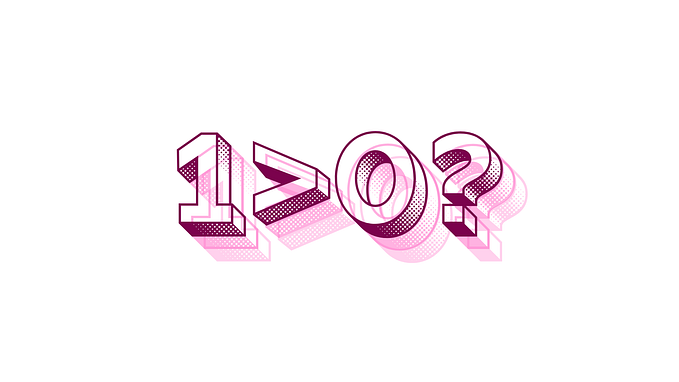Member-only story
One formula to rule them all: the ROI of a Design System
Co-authored with Guido Baena Wehrmann (Guidobw)
TL;DR: Design systems are a crucial success factor for digital businesses, and virtually every major player works with one. Still, they can sometimes be hard to sell to management. Here’s a ready-to-use formula to calculate the ROI of any design system.
Design systems have become a standard in the digital industry. Virtually every big player uses one — from Amazon over Google and Airbnb to Uber. There have been numerous studies and reports on their efficacy in improving productivity, reducing bugs, and improving digital products (e.g., Boehm & Basili, 2001; Klüver, 2019; Loomer, 2016; Ray, 2018; Slack, 2019; Sparkbox, n.d.). And yet — as we have experienced in various jobs firsthand — it’s still a common situation that the value of having a design system has to be proven again and again.
For many features implemented in digital products, a simple competitive benchmark is enough to convince management, particularly in e-commerce. “If everyone else is doing it, we can just copy with pride,” is an often-heard statement. But the same standard seems not to apply to design systems.
This is most probably due to the fact that, at least at first, design systems are perceived as a very abstract investment — the value they’ll ultimately produce is not immediately visible and noticeable. On top, the upfront investment can seem huge to management compared to smaller, more concrete features design and development teams could be working on that produce more graspable value (and technical/design debt) more quickly.
Hence, the necessity to prove the value of a new design system beyond a simple competitive benchmark is a reality everyone who wants to get started with this topic must face, as Ben Callahan has already noted in a previous article on the topic (Callahan, 2021). We’ve personally done it time and again.
To make this reality more manageable for everyone, based on our experience, we’ve devised a general formula to approximate the return of investment (ROI) of a design system with a minimum of parameters. We see this as a handy complement to the great but a little more strategic advice Callahan (2021) already provides on how to sell a design system.
In the following, we will first give a very brief introduction to design systems. Subsequently, we’ll introduce our formula…







